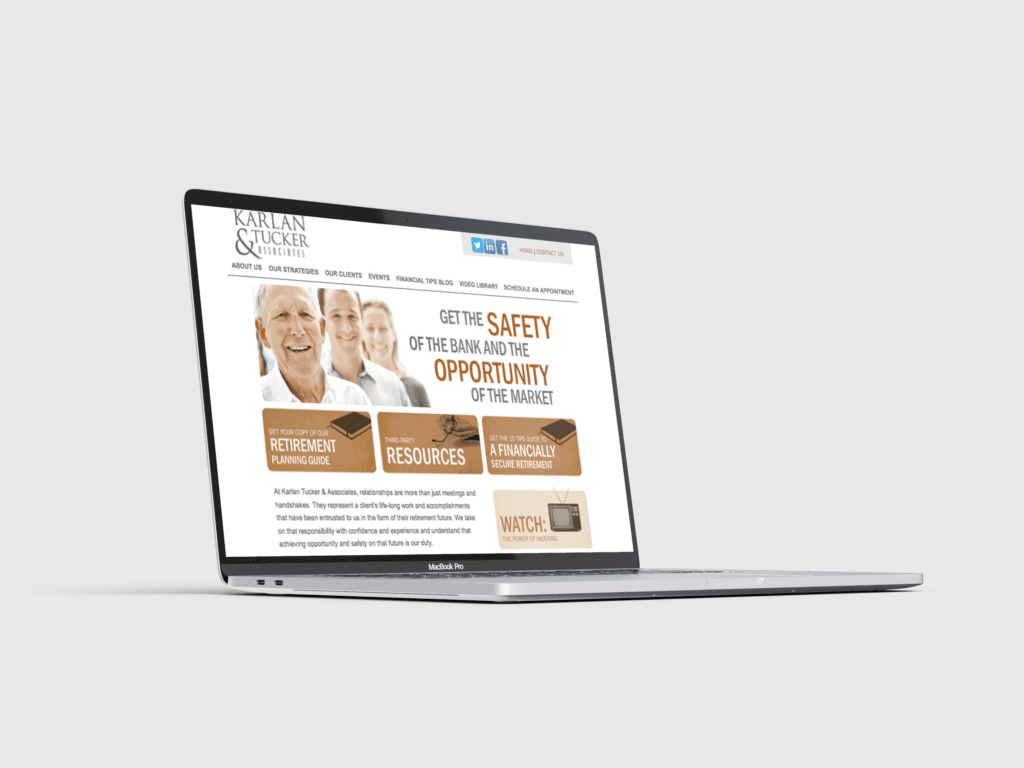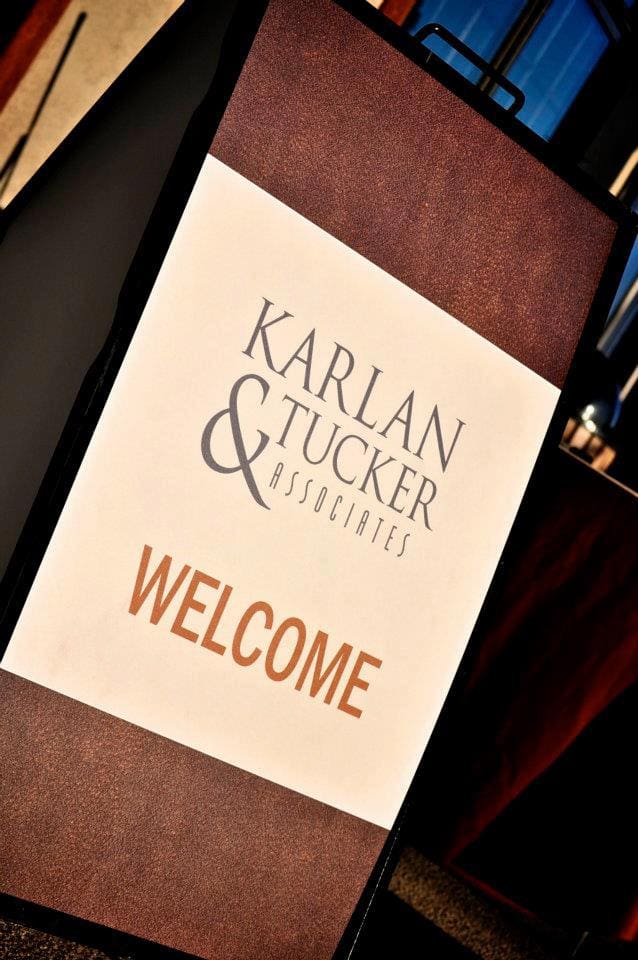Finance Case Study

Results
In an industry that deals in intangibles, how do businesses stand out? Strategic marketing has the power to transform financial enterprises from merely surviving to thriving. See how we helped our finance client exceed their growth goals.
- Increased online conversion rates by 130%
- Increased traditional conversion rates by 86%
- Sales close rates went from 60% to 93% within the first year
- Revenue increased by 600% in the second year
Identifying The Challenges
Our client faced challenges in a saturated market, investing heavily in a pay-per-click campaign that resulted in a high cost per conversion of $750. Lacking a comprehensive marketing strategy, their efforts and goals were misaligned, resulting in missed opportunities. Their business relied on personal connections but needed help targeting the right audience. Seeking a solution to transition from siloed, reactive marketing to a more effective approach, they reached out to us for help.
Here’s How We Did It
We started our efforts by focusing on the brand.
- We began by revamping their brand entirely, from logo to website, social media, and email signatures, aiming for a consistent digital presence to engage potential customers across all platforms. We extended this new brand identity to our client’s marketing initiatives, including festivals, events, sponsorships, PR, and more.
- Next, we crafted a solid base strategy built for growth. Our client’s marketing could be more proactive and efficient by identifying key indicators such as when their desired audience was online, what platforms they used, the messaging they reacted to positively, and conversion points that actually worked.
- We crafted buyer personas to reach the right audience and improved the transition from visitor to customer. By honing in on these personas, our client could better understand customer needs and quickly assess suitability. Additionally, we implemented digital tracking to uncover what worked and what didn’t with their target audience.
- Lastly, we unified their sales and marketing efforts by creating a sales and marketing alignment strategy. By working hand-in-hand with sales, marketing was able to add its total value to growth goals. With this new strategy, our client’s sales teams were given verifiable and legitimate leads, leading to more closes and less wasted time on bad leads.




“Madison Taylor has been incredibly helpful and knowledgeable through every step of the process. From creating a logo and business cards to creating a VERY cool and user-friendly website, they’ve made it easy and fun, kindly implementing my feedback and desires no matter how trivial.”
